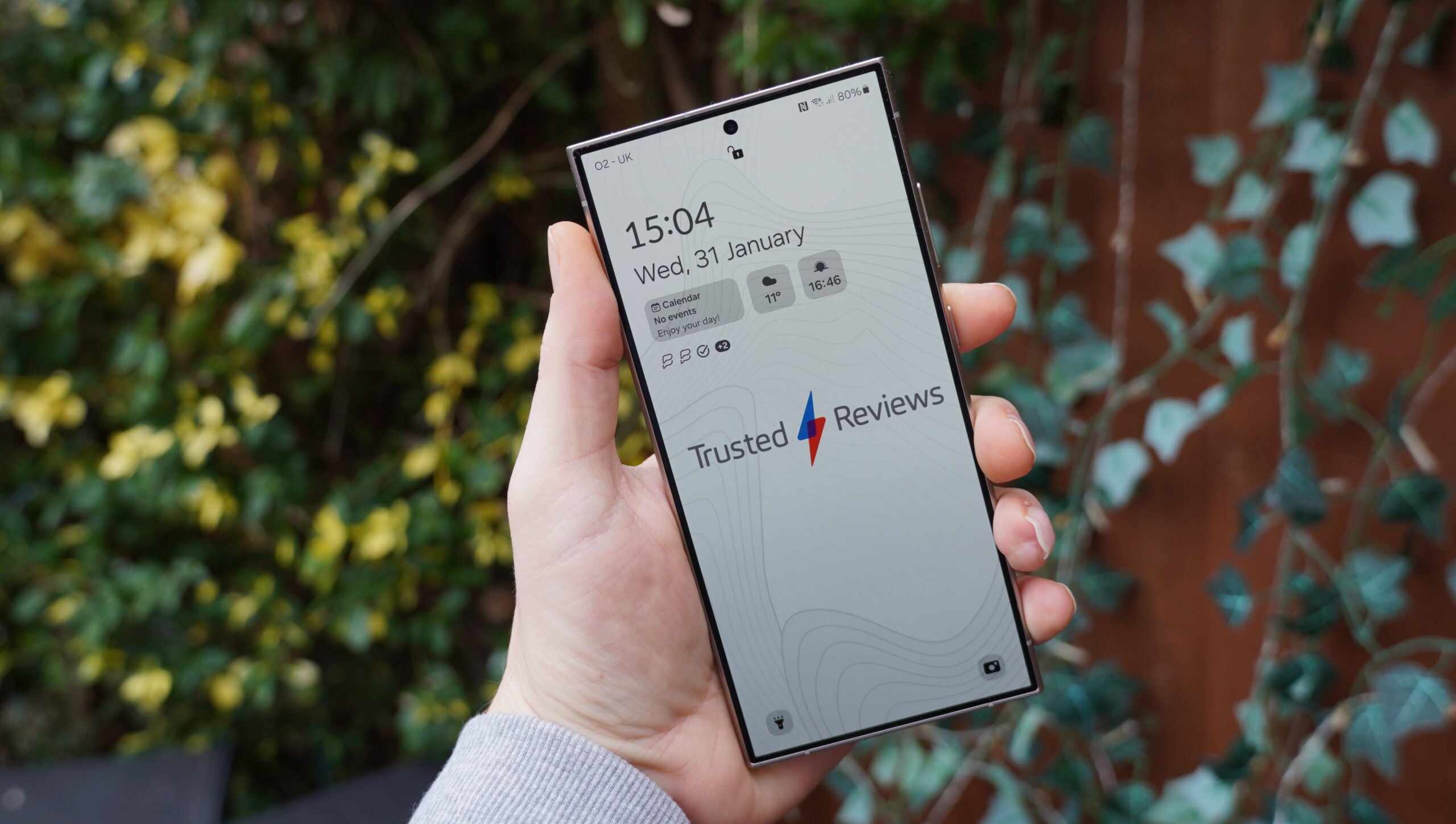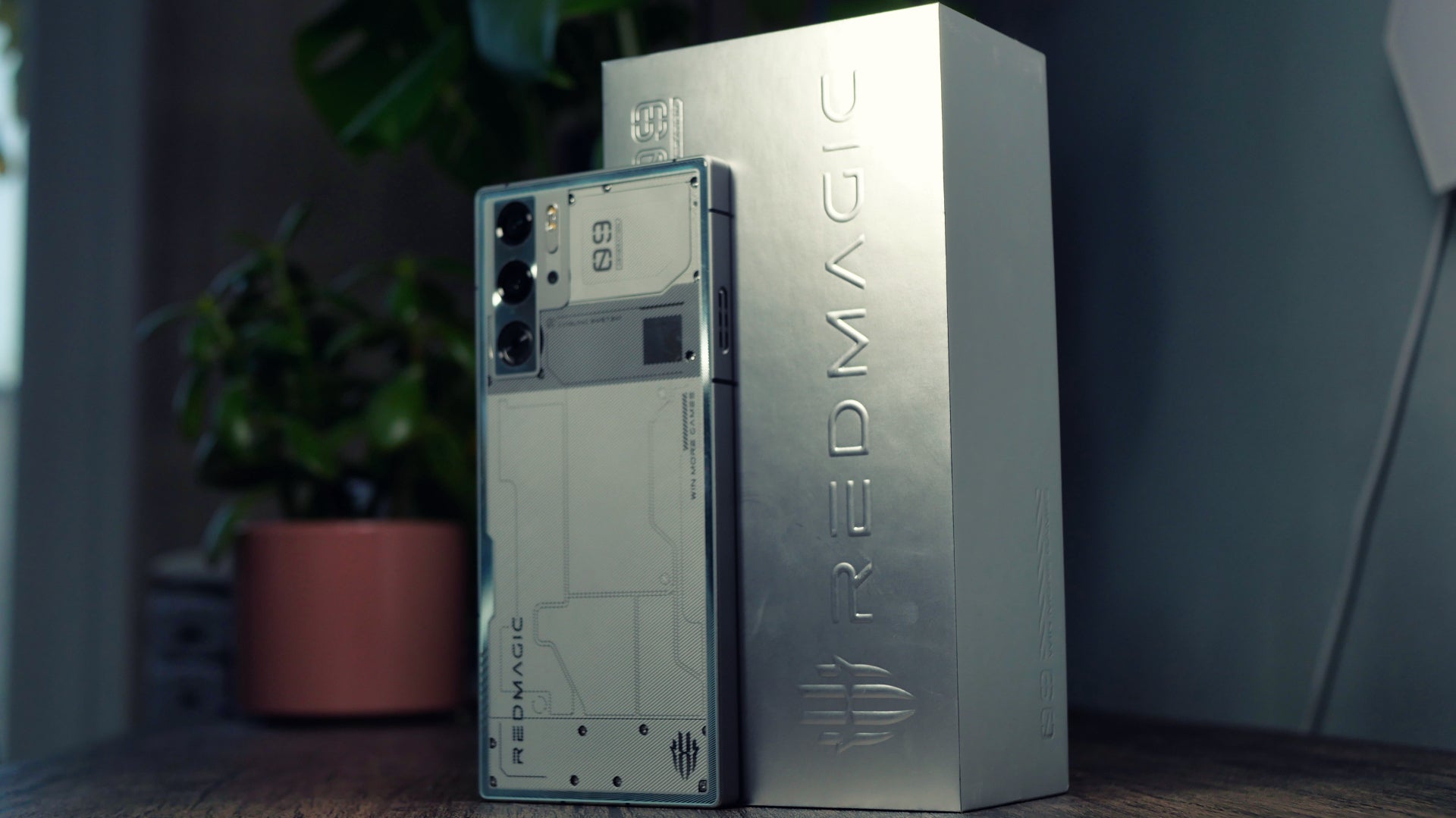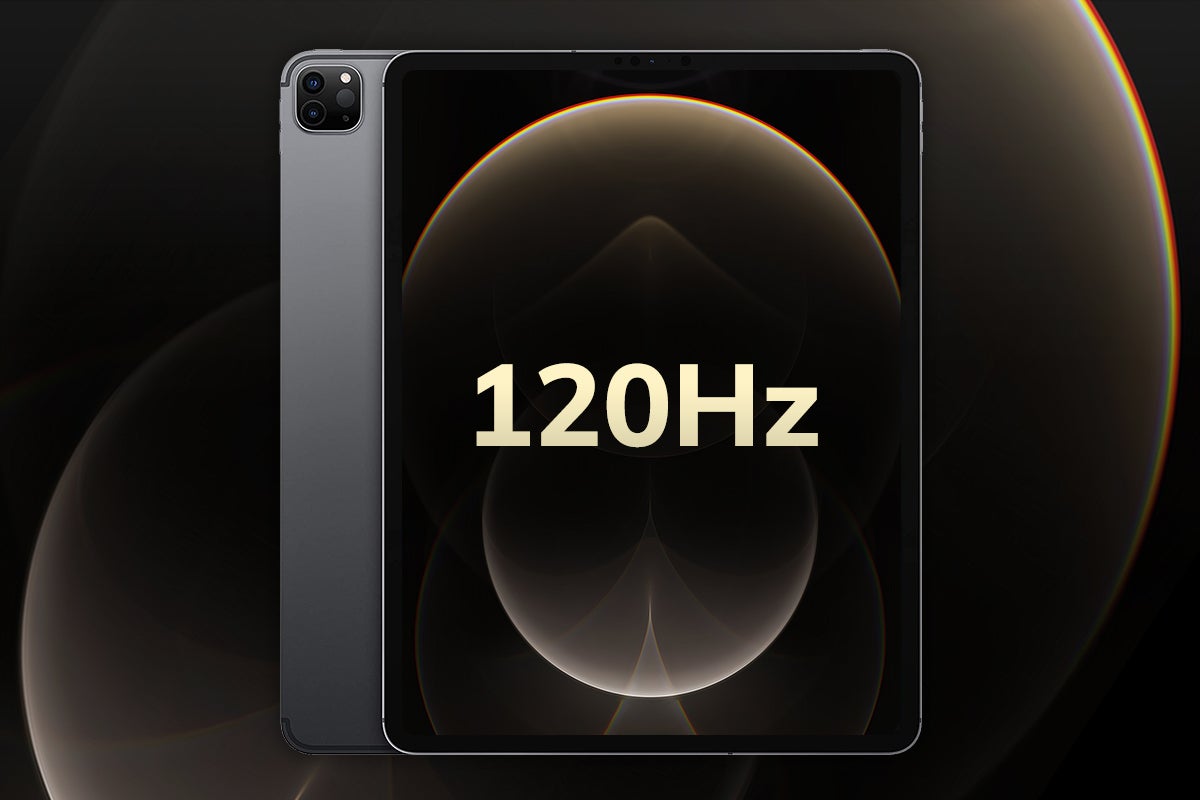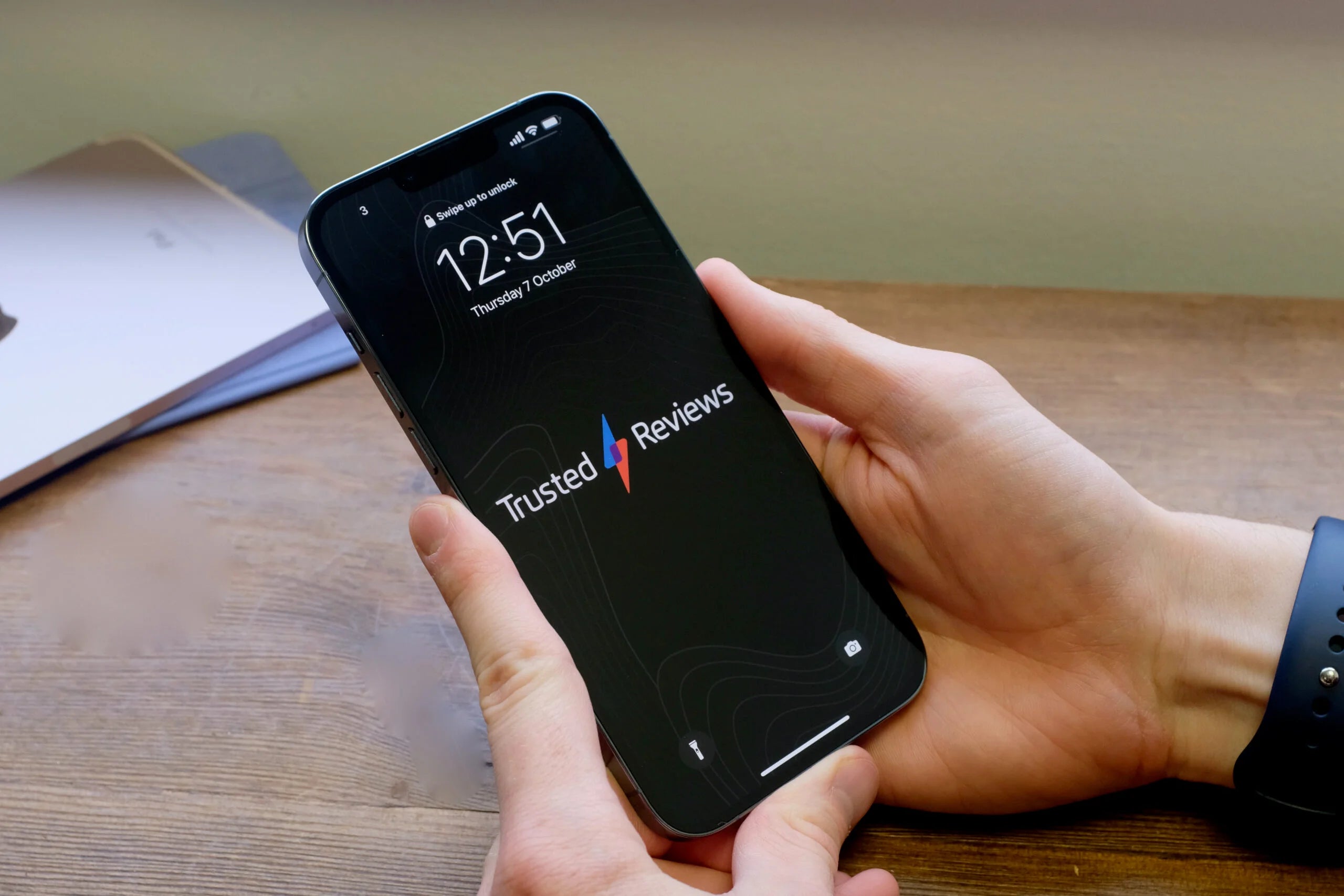What is a neural engine?
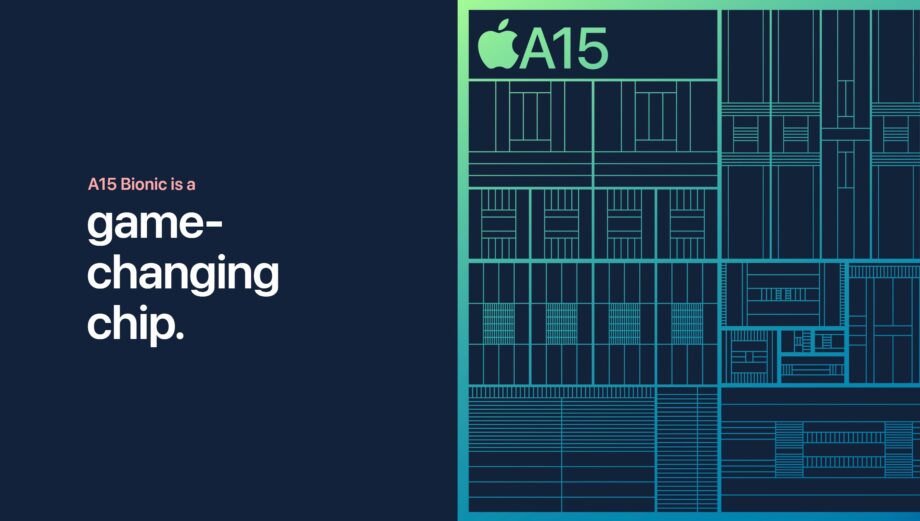
If you own an iPhone or an iPad you may have come across the term neural engine. But what is a neural engine, and what are its benefits? Keep reading to find out everything you need to know.
The technology in our pockets is getting smarter every year, and mobile developers are trying to make devices even faster and more efficient with new and improved software and hardware.
One of the biggest strides Apple has made was introducing the A11 Bionic chipset in 2017, housed inside the iPhone X. The A11 Bionic established the neural engine, which the company has kept using right up to the most recent iPhone 13 series.
If you want to learn more about what a neural engine is and how it has impacted the iPhone’s efficiency, keep reading.
What is a neural engine?
Apple’s Neural Engine (ANE) is hardware, meaning it is a physical piece of metal housed within Apple devices. The neural engine is actually a type of Neural Processing Unit or an NPU.
The ANE is a special processor that aims to make machine learning much faster and more optimised, as well as improving neural network tasks to make the device overall faster and more energy efficient, with Apple claiming that the dedicated neural network hardware can perform up to 600 billion operations per second.
Improving machine learning can help to accelerate video analysis, as well as image processing and voice recognition, which makes the experience smoother for the user. It also is used for Face ID and Animoji, which results in users being able to log into their device faster, provided they are using Face ID.
Does a neural engine replace a CPU or a GPU?
While the neural engine can help to improve the speed and efficiency of machine learning tasks, the engine itself does not actually replace either the CPU or the GPU.
However, Apple’s Neural Engine can focus on certain tasks, such as real-time video analysis and image processing, faster than a CPU. This allows the device to work more efficiently and can drain the battery less, also allowing the CPU and GPU to focus on separate tasks that are better suited to them.
What Apple devices have a neural engine?
As previously mentioned, the first Apple device to feature the ANE was the iPhone X, but the company has started introducing its neural engine to more devices since then.
The neural engine came to the iPad range in the iPad 8, thanks to the A12 Bionic, bringing in all the benefits of advanced machine learning and improved neural network tasks.
And with the introduction of the Apple Silicon M1 chipset came the first ANE in a Mac, as the company started to move away from Intel processors. The chip was launched inside the 13-inch MacBook Pro 2021 and has developed since then, with the range of processors being expanded into the M1 Pro, M1 Max, M1 Ultra and now the M2.
Now, every new Apple product comes with a company-made chipset, meaning that all new devices feature a neural engine, which is a part of the reason why most current Apple devices are faster and more responsive than their predecessors.



